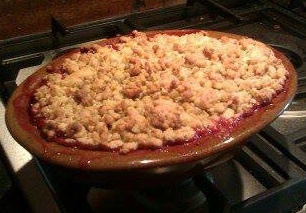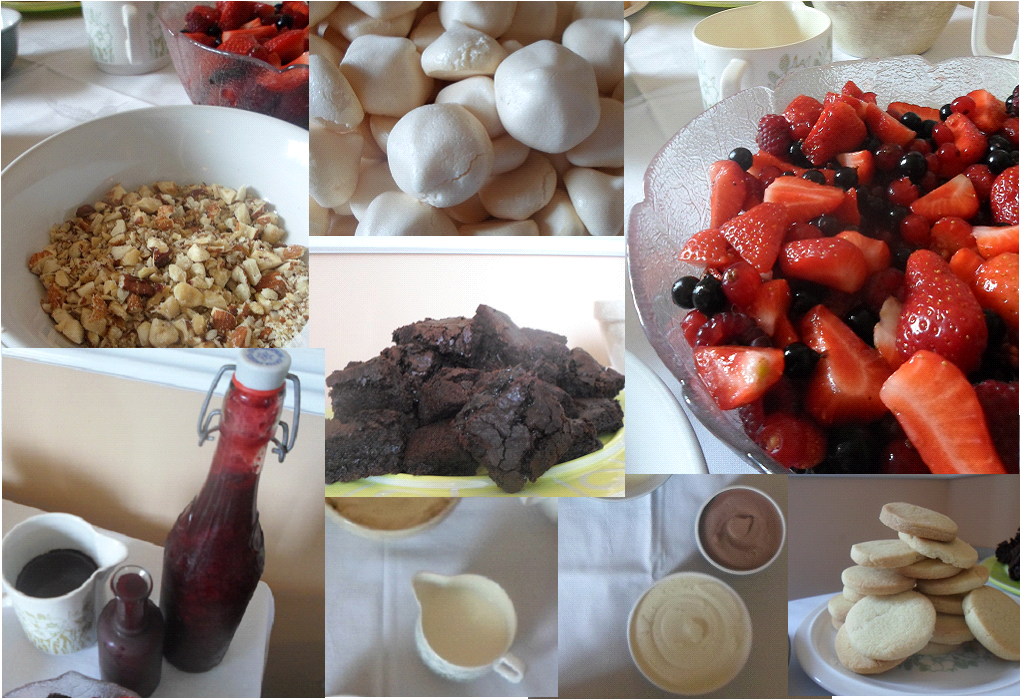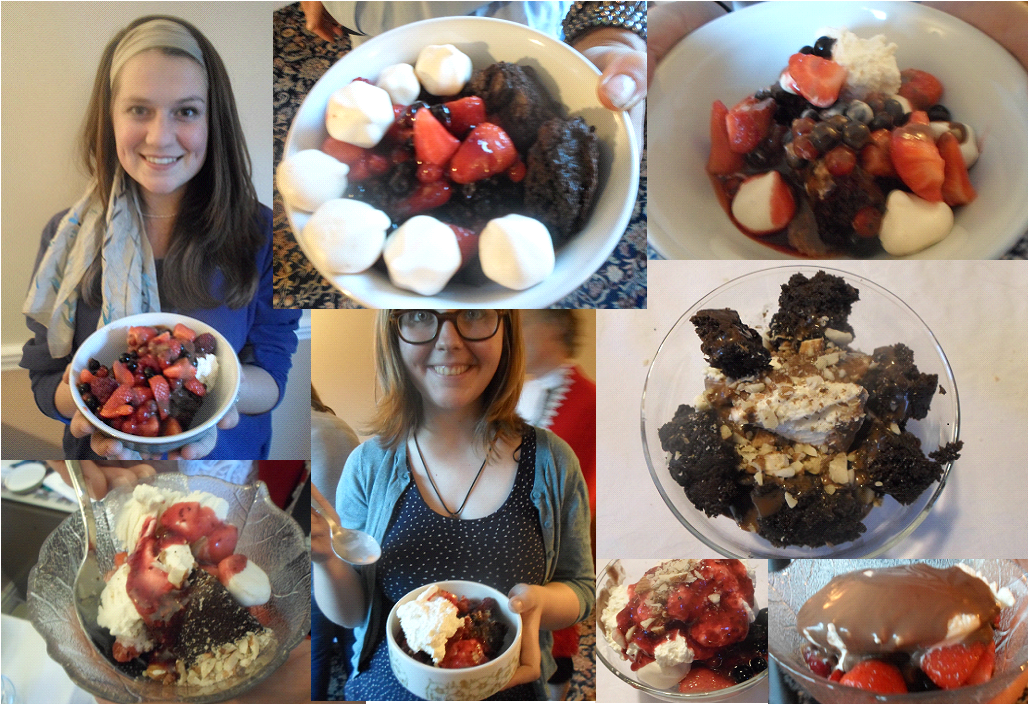August 2013
Makes 4
Ingredients
500g lean minced beef
1 egg
1 slice of bread, blitzed to breadcrumbs in a food processor
Half an onion, finely sliced
1 clove of garlic, finely diced
1 tablespoon of tomato puree
1 tablespoon of finely chopped parsley
Method
- Fry the onion and garlic gently in a pan until tender and translucent. Remove from the heat and add the breadcrumbs, tomato puree and parsley.
- In a large bowl, combine the mince, egg and onion and breadcrumb mixture. If you are barbecuing your burgers then at this stage you may want to beat the mixture to create a tighter textured burger that is going to fall apart less easily. However, if you are frying your burgers in a pan I prefer a loser texture which can be created by just scrunching the ingredients together with your hands to combine them.
- Form the burger mix into 4 evenly sized patties with your hands dusting with a little flour to stop them sticking. Once shaped, burgers can be stored covered in the fridge for up to two days until ready to be cooked. These burgers when raw also freeze wonderfully.
- Lightly oil a very hot pan and fry the burgers on a moderate heat for 10 minutes, turning often to ensure even cooking.
- Serve in a bun with your favourite salad and maybe some chunky home-made chips or wedges.



